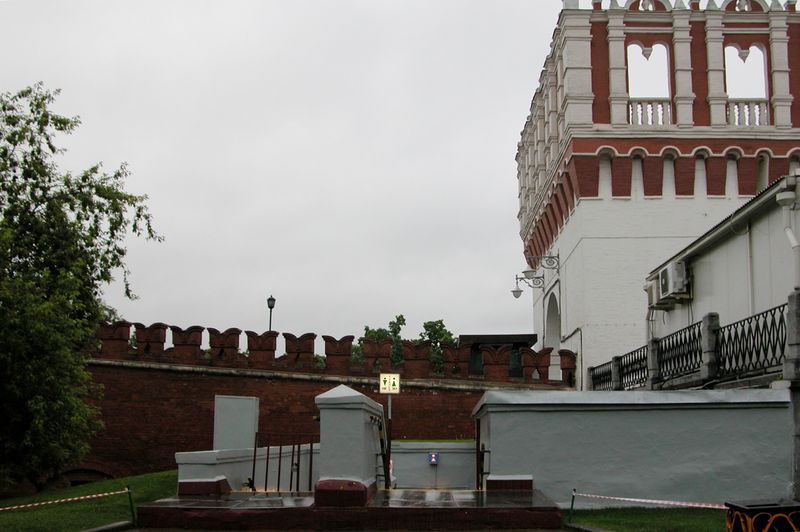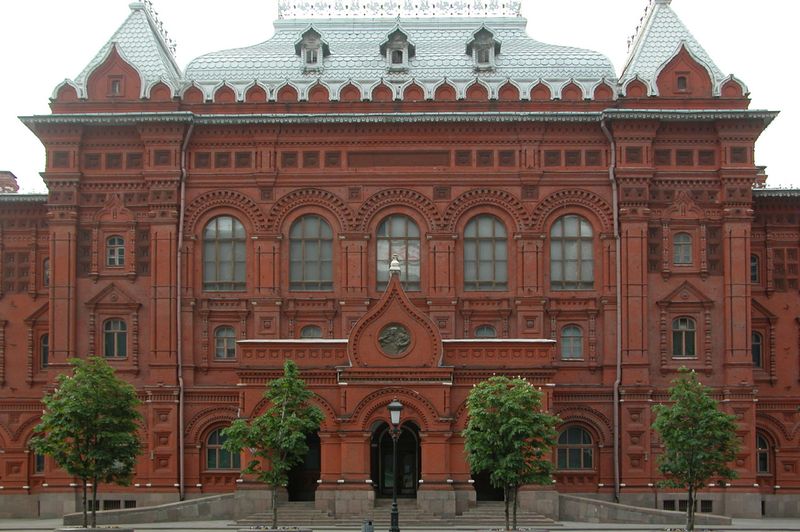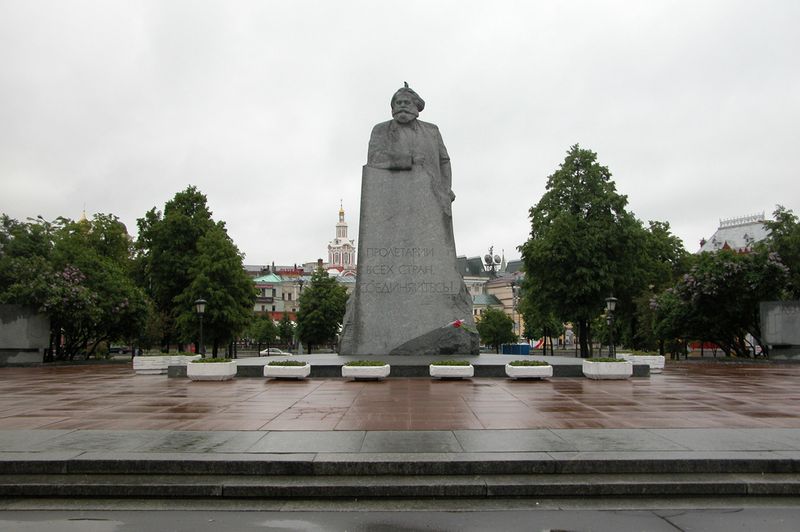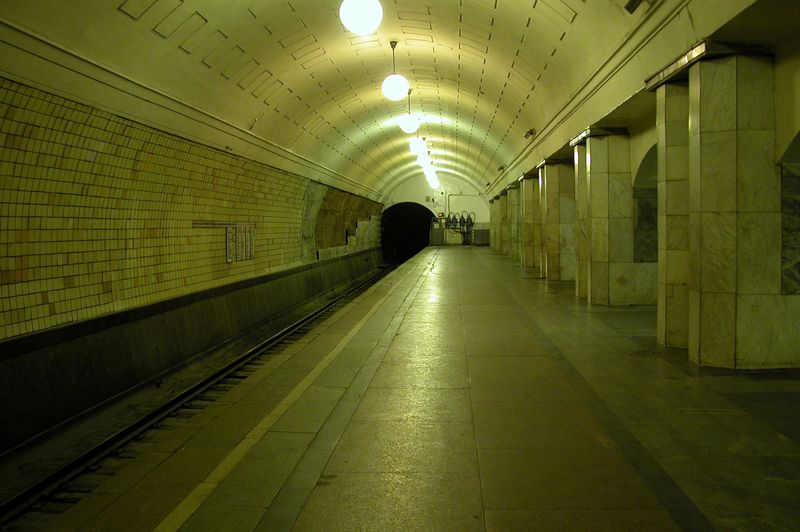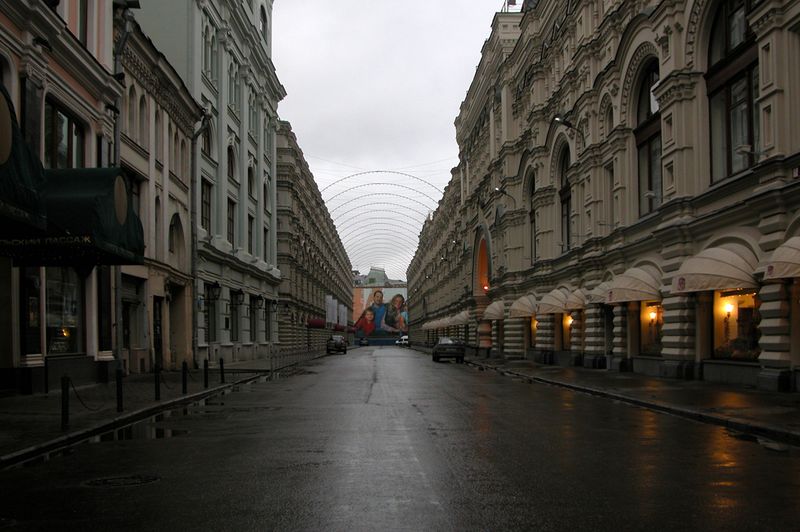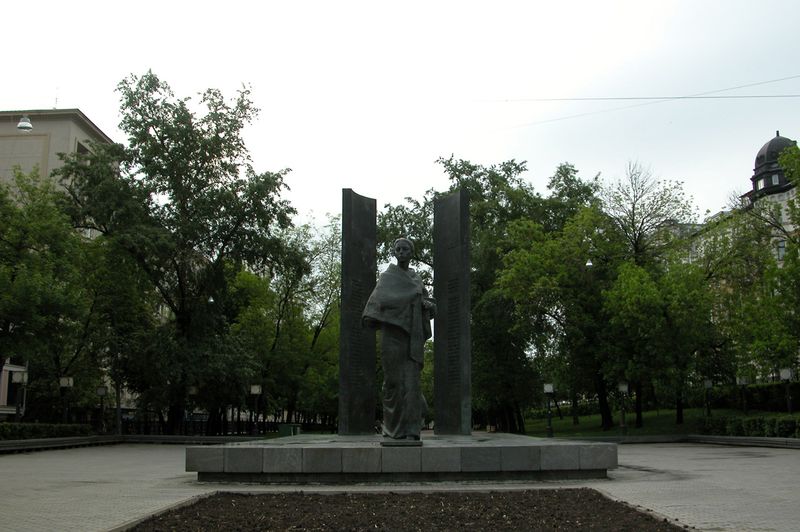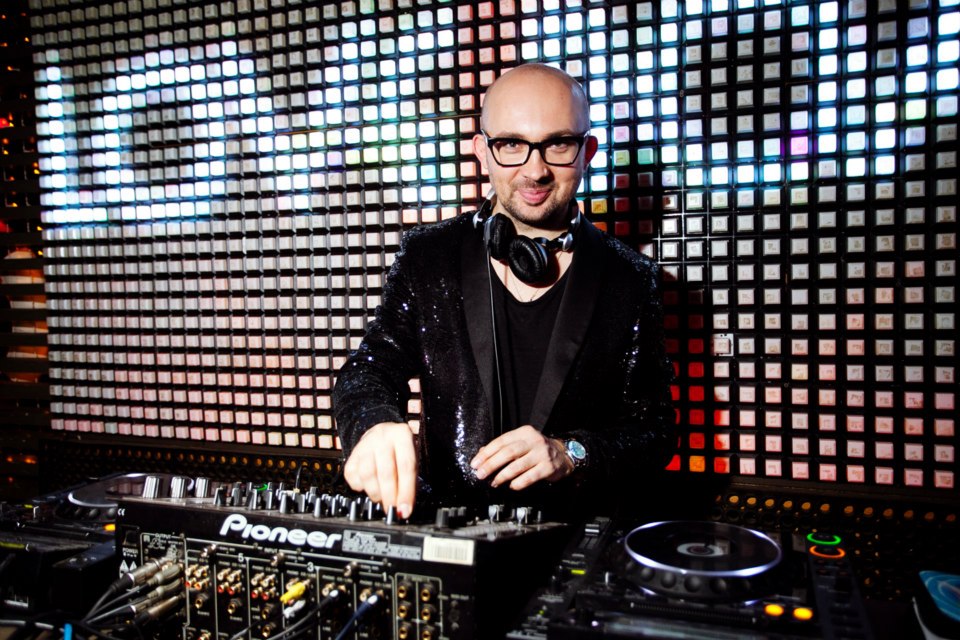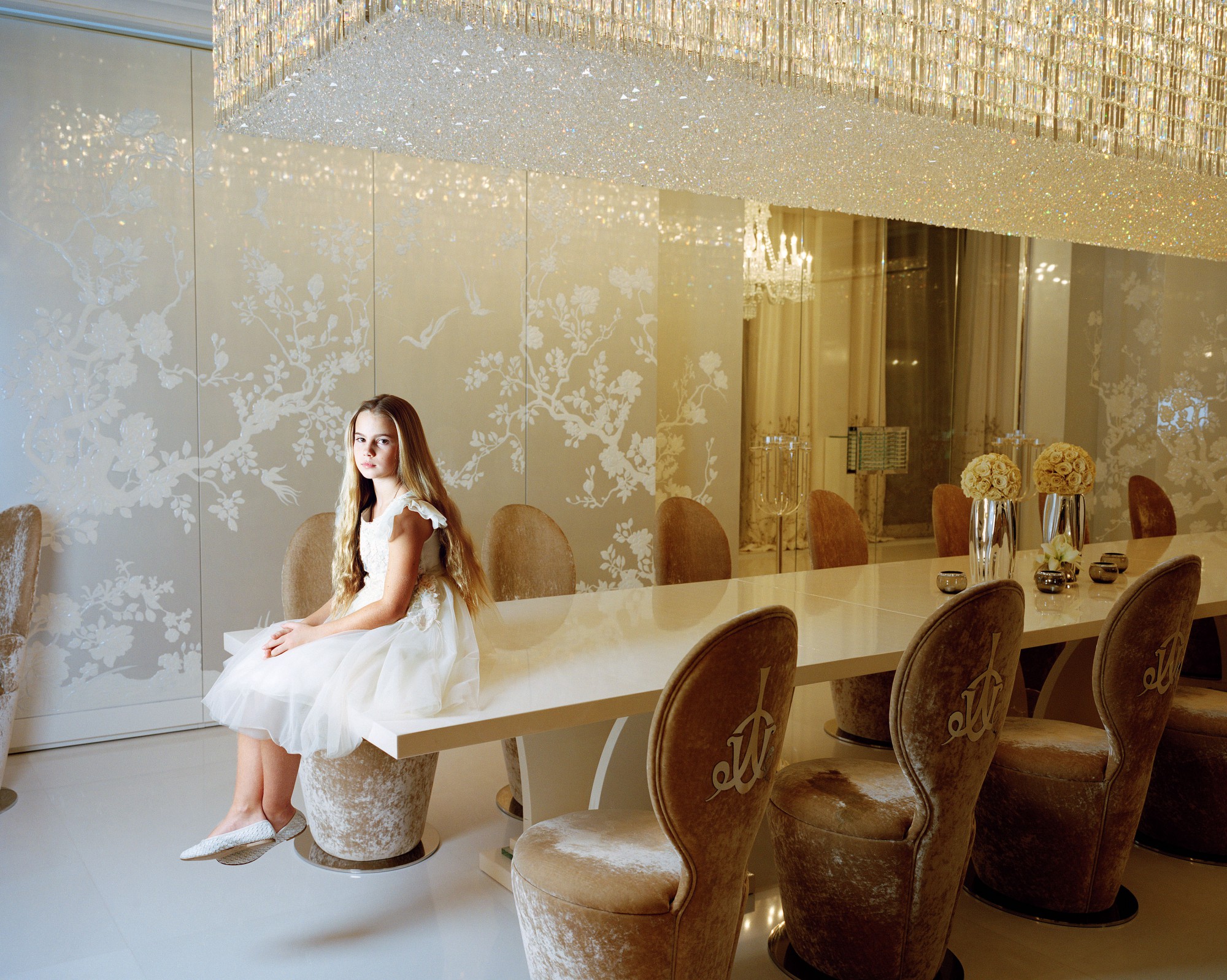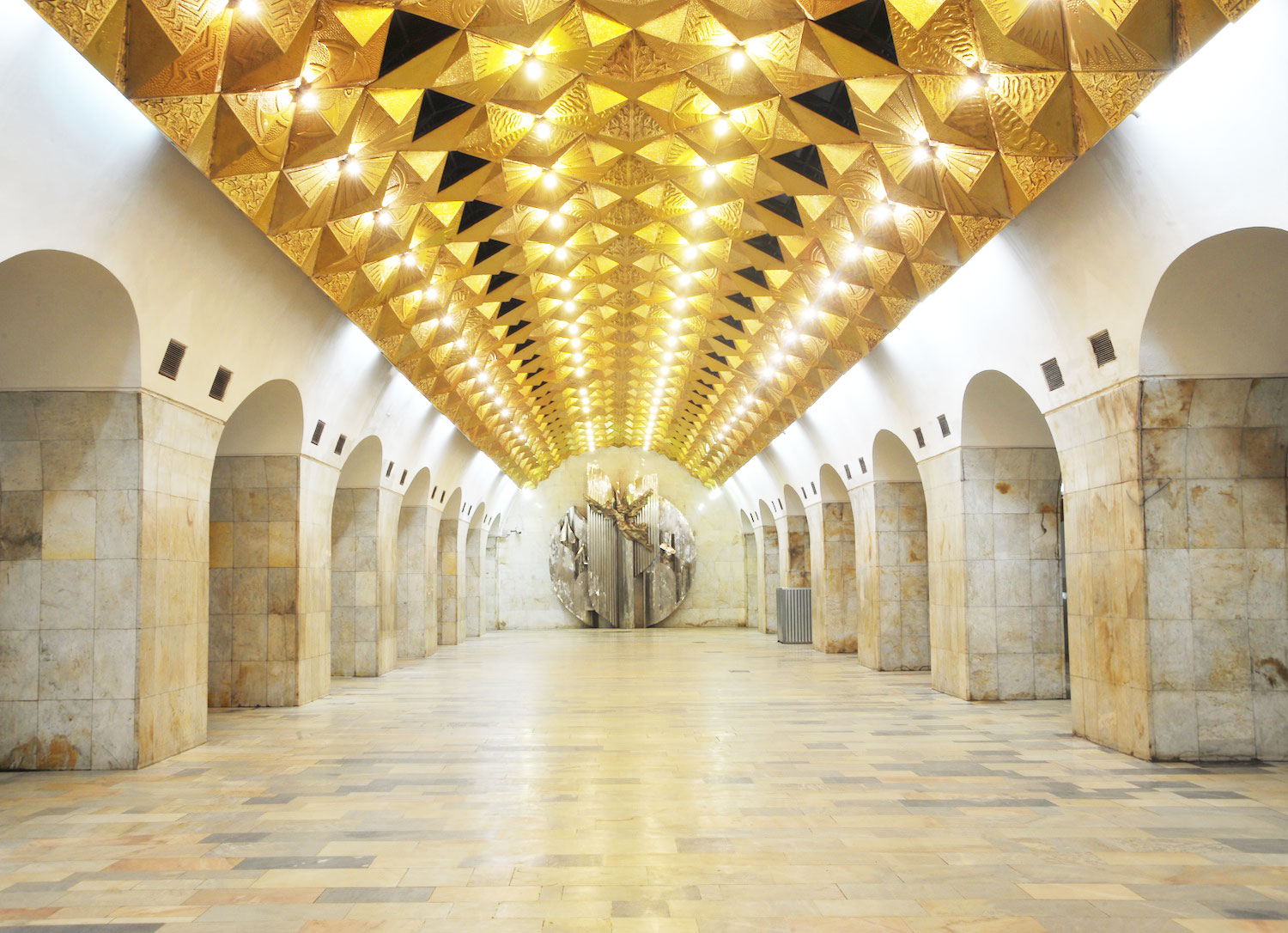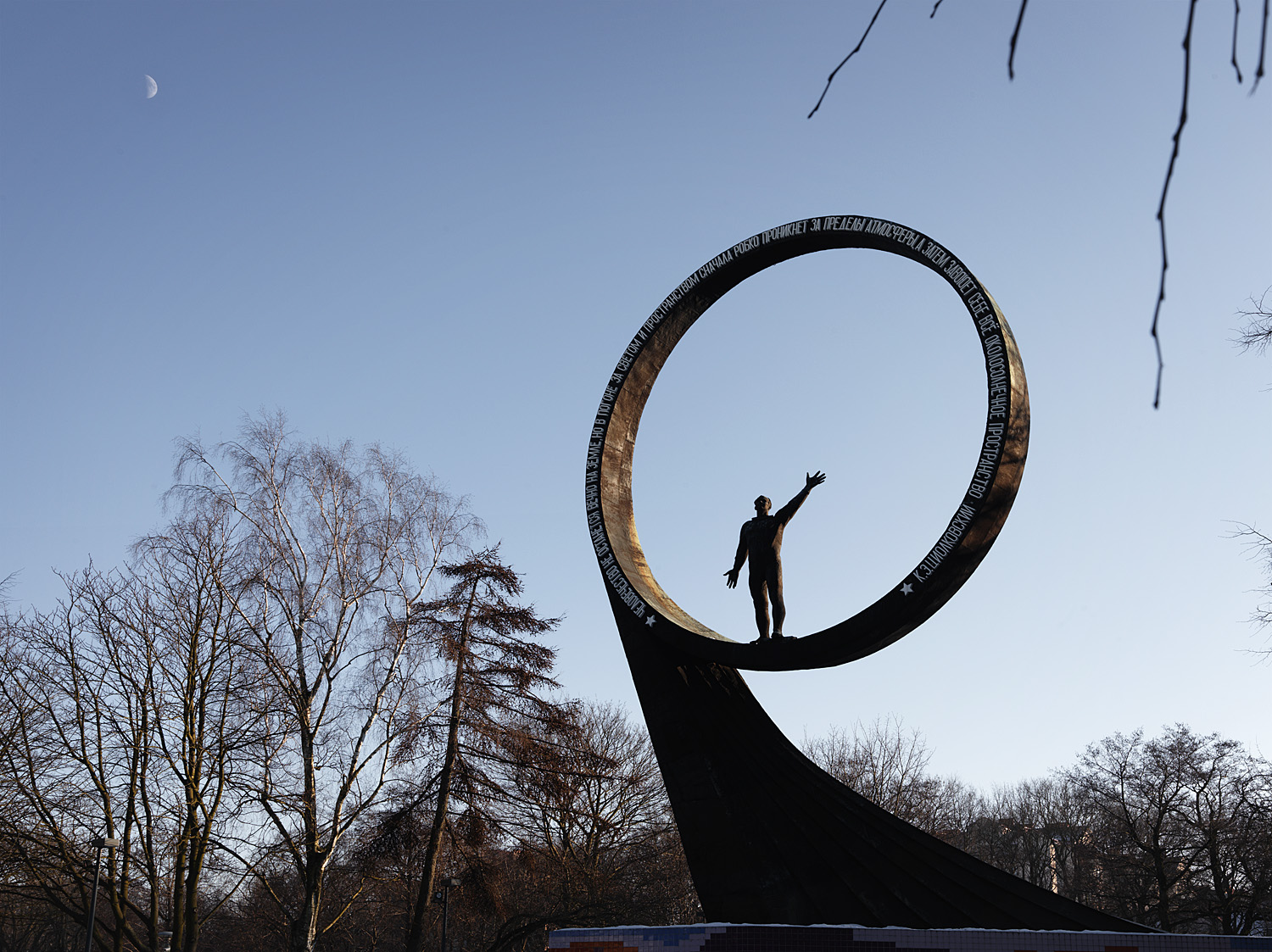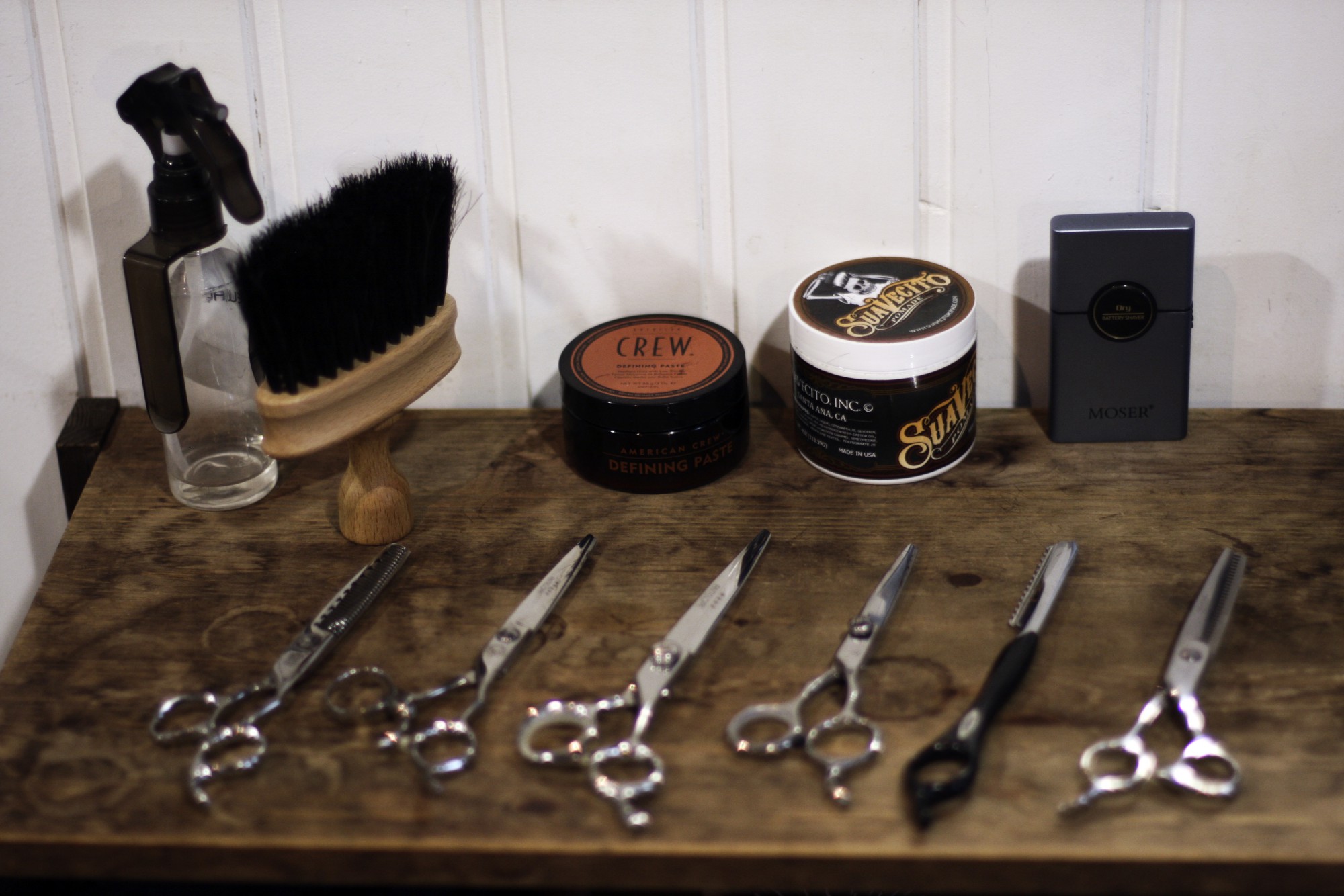Cruising past: photographer Yevgeniy Fiks resurrects Moscow’s forgotten gay history
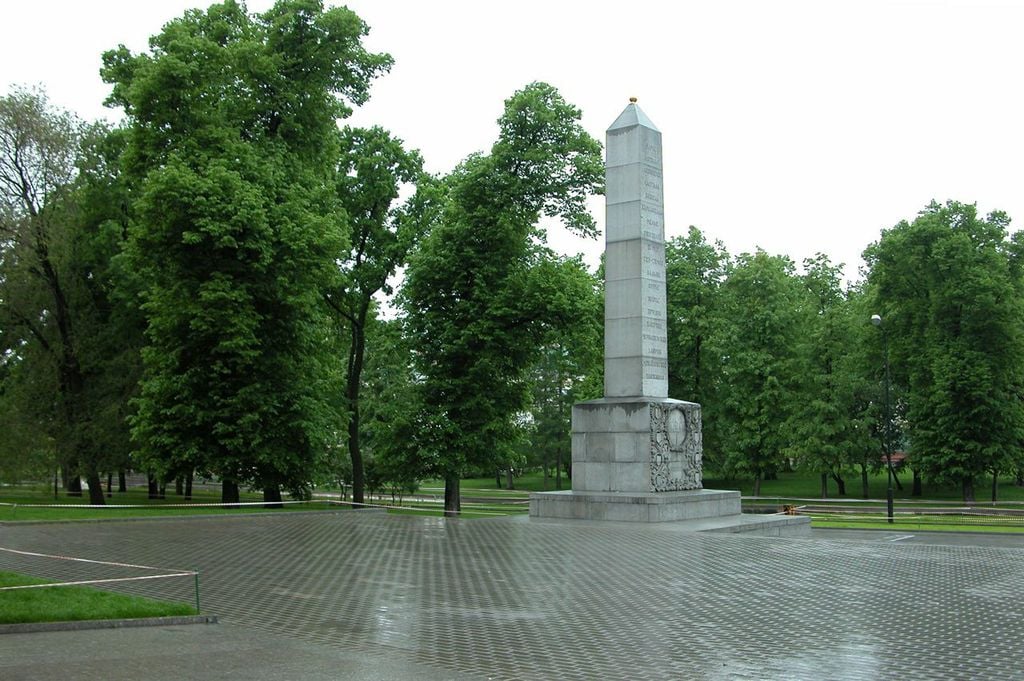
In tracking down and photographing Moscow's former cruising spots, photographer Yevgeniy Fiks is mapping an unexplored topography of the city
Homophobia has never been in a “better” state in Russia than it is today. The horrific murder of 23-year-old Vladislav Tornovoy in Volgograd this May — he was raped with a bottle, castrated and stoned — shook the public. But not enough, it seems: little has been done to prevent a repeat. One of the murderers admitted the reason for the killing was the “provocative” dress of the victim and his sexual orientation, which, apparently, “hurts patriotic feelings”. The authorities did have to admit it was a hate crime and to acknowledge Russia’s homophobia problem; but this is a problem that the government themselves have exacerbated with the recent introduction of a new nationwide law “against the propaganda of homosexuality”.
Russian history does not, however, present an uninterrupted line of hellish homophobia. The Bolsheviks legalised homosexuality soon after seizing power in 1917, at the same time as establishing equal rights for women. And, although homosexuality was banned in the Thirties as part of Stalinist retrenchment, the Soviet landscape did accommodate spaces of social dissent and revolution in which gay men could express their sexuality together.
“Each and every one of them was a Soviet cruising ground”
These spaces — the city’s hidden topography of gay life — have recently been brought to light in the work of New York-based Russian photographer Yevgeniy Fiks. A self-proclaimed “post-Soviet artist”, Fiks sees it as his duty to react against the collective amnesia surrounding the Cold War period; previously he commemorated the overlooked history of communism in New York. At first glance, Fiks’s plainly titled new book, Moscow, could be just an ordinary photo album of public places in the Russian capital: we see parks, squares, boulevards, riverside embankments and public toilets. We admire the splendid architecture of the capital, its greenery and its striking constructivist-classicist constructions and we are impressed by the care taken by the Soviet authorities to make even toilets look beautiful. The pictures emanate a sense of peace and silence. But the way in which we see the locations depicted in these photographs is transformed when we learn that each and every one of them was a Soviet cruising ground.
What we suddenly perceive in these pictures is the eye of the original viewer. Yes, there are a lot of public toilets, but we now see these facilities in a different way, as sites that enable spontaneous relations between adults. These prohibited actions had to take place in hiding, away from prying eyes; paradoxically, this was only possible in public. Fiks has ordered the photos chronologically according to the period in which certain haunts were popular, from the Twenties to the Eighties, which means here we’re looking at the complete history of Moscow cruising. But the timescale seems to leave one question unanswered, quite deliberately: what about the years after the transition from communism? Fiks’s photographs seem to distance the author from Soviet, and specifically, Stalinist, times, and to reclaim the public space for a different version of history (not one much promoted in official versions of the Soviet past) and to reclaim homosexuality from today’s horrifically homophobic climate.
“The statues of Lenin were affectionately referred to as ‘Auntie Lena’”
As well as a sui generis chronicle, Moscow is also a specific “work of mourning”, in which pleshki — the Russian name for cottaging sites — become unorthodox repositories of collective memory, what Pierre Nora called “lieux de memoire”. Nora’s idea has been influential in Holocaust studies as a term to describe places of extermination and it is striking that the places photographed by Fiks feel completely empty and abandoned, reinforcing the sense of the disappearance and silencing of the victims of homophobia. And these places were dear to many: they acquired a private slang terminology in which the statues of Lenin and Marx that were present in every Russian city were affectionately referred to as “Auntie Lena” and “Director of the Pleshka”, both out of familiarity and as a way of queering them. To use Situationist terminology, gay men were carrying out a détournement of these areas and symbols of revolution — a sort of satirical, subversive reappropriation that demonstrated that there was no real conflict between communist ideology and alternative sexual orientations.
The current spread of far-right, homophobic sentiments cannot be overlooked and marked down as just another effect of the years of communism; instead it must be seen as part of the failed transition to capitalism. The persecution of people with alternative sexual identities must be a serious PR blow to Russian liberals who’d like to see Russia as a potential market, free from the “eastern barbarism” that this part of the world is still often associated with. If homosexuality had been banned in Soviet Russia, anti-communist liberals would have a perfect argument, linking homophobia and the Soviet past; but it wasn’t, or at least not initially. In the Bolsheviks’ original conceptualisation of communism, sexuality wasn’t there to be policed by the state; it was there to revolutionise the citizen, with love to be seen as a public good.
More central to contemporary arguments around gay rights are Stalin’s repressions. In fact some commentators argue that the current disputes aren’t strictly between homosexuals and heterosexuals, but are rather products of a conflict between two different versions of homosexuality — “Soviet” and “Western.” After Stalin banned it in the mid-Thirties — a letter of protest written to the Soviet leader by openly gay British communist Harry Whyte is included in Fiks’s book — discourses around homosexuality in Russia became deeply intertwined with the practice of male-only sex, on a huge scale, in the gulag. Prisoners were deprived of any possibility of expressing their sexuality (men and women were imprisoned separately) and all sexual acts were associated with the criminal hierarchy in the camps and the further humiliation of prisoners, especially those in a “passive” role. The consequent taboo attached to homosexual identities prevents them from being seen as something “natural” in Russia.
Unlike the restrictions Stalin placed on women’s rights, the ban on homosexuality was not repealed under Khrushchev and had to wait until 1993 to be overturned. Although homosexuality is not being banned again, in practical terms current government policy puts gay men and women back in the ghetto, encouraging homophobia and hate crime, all in order to prop up Putin’s waning popularity by chasing after some illusory sense of “unity” and to distract and splinter the opposition that challenged his authority in the protests of winter 2011. The hollowness and hypocrisy of the government’s moralistic, family values agenda is exposed when one remembers that nothing is being done about the enormous sex industry that has grown up in post-Soviet Eastern Europe.
“Fiks’s work is a subtle, but potent protest”
The new repressions have prompted several artistic protests against limitations on personal freedoms. Earlier this year Pyotr Pavlensky, a 29-year-old performer and activist from St Petersburg, carried out a public action next to the Legislative Assembly, lying naked, wrapped in barbed wire; the policemen who tried to remove him couldn’t touch him, but the wire also cut into the artist with every move he made. Recently the popular magazine Afisha published an issue with the rainbow flag on the cover; somebody was even arrested for holding it up during a demo.
In many ways, Fiks’s work is also a subtle, but potent protest. As someone who migrated quite soon after the dissolution of the USSR (he left for America in 1994), Fiks has clearly seen how the subsequent situation has deteriorated. He responds with an artistic strategy of making “interventions in history”, treating it dialectically, not as frozen and dead, but as a space of present, lived experience. Fiks’s Moscow resurrects the forgotten Soviet past to speak to the troubled present.
